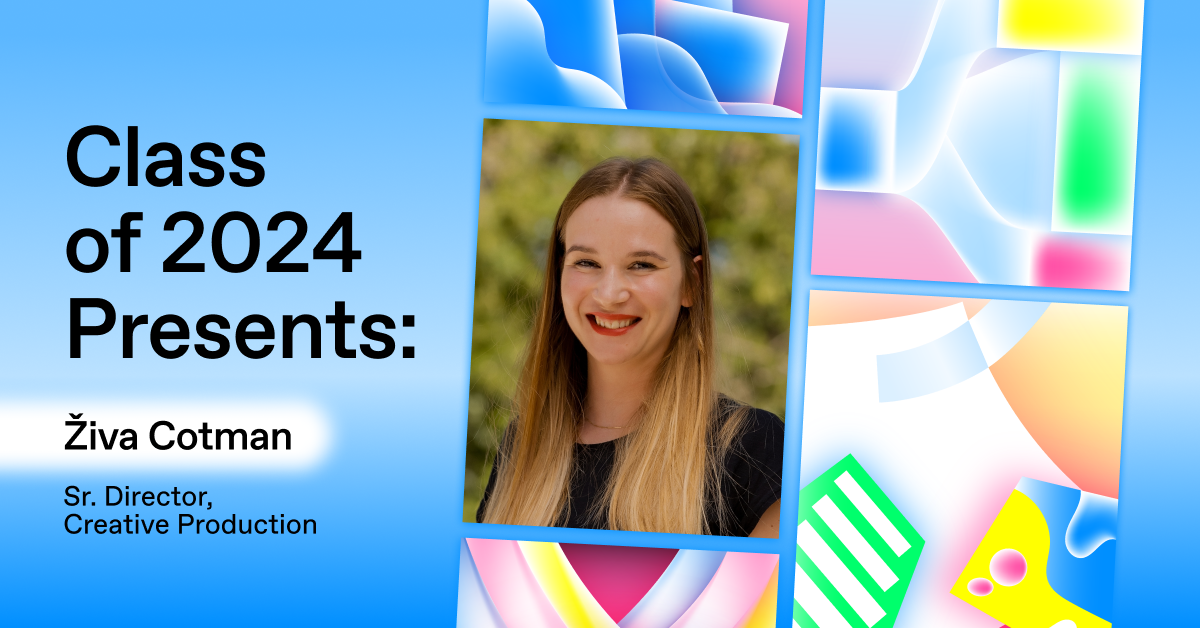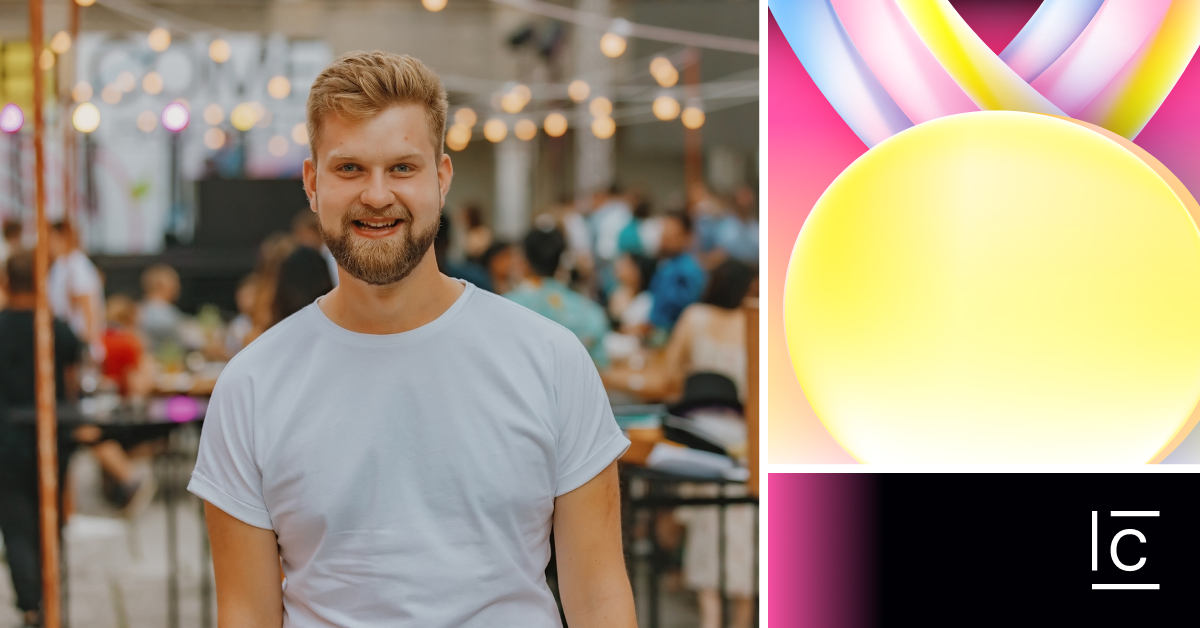Interested in design and technology? What are the roads that lead to a successful career in Product Design? We sat with the multi-talented Peter Stupica, who shared the career defining decisions that brought him to Celtra, as well as the challenges that he faces on a day-to-day.
What steps in your career and education led you to start in the field of product design?
I must admit that as a child, I never imagined myself becoming a product designer. I was more focused on sports, but due to health constraints, I had to explore other options. Given my talent for drawing, my parents encouraged me to pursue a more creative path.
After completing high school, I enrolled in the Academy for Fine Arts and Design in Ljubljana, where I discovered my passion for creating brand identities. I learned the significant impact that color can have, how to effectively work with typography and the importance of attention to detail. I still remember a particular assignment that required me to fix a poorly printed object by painting small dots on it with a brush. This task demanded a lot of time and effort as I had to constantly adapt the dots to maintain the object’s appearance. Finding the right balance of detail was a challenge, ensuring its effectiveness on both small and large scales.
Throughout my time as a student, I worked as a freelance designer. I gained valuable insights into the significance of delivering an impressive presentation and how to effectively communicate and understand clients’ needs.
After that, I secured a job at an E-commerce startup where I faced entirely new problems. I had to quickly adapt to managing multiple projects simultaneously, utilizing creative problem-solving techniques to overcome larger obstacles, and leading diverse stakeholders toward common objectives. During this process, I was constantly on the lookout for tools to enhance our internal processes, particularly those connected to designing efficiently. I found great joy in understanding these tools, identifying the problems they aimed to solve, and discovering how they could improve our workflow.
All of these experiences led me to the realization that I shouldn’t just rely on these tools, but rather build them myself. It felt like a natural progression for me, and when the opportunity presented, I took it. And now, here I am working at Celtra, utilizing my skills to not only use these tools but also develop new ones.
What does a normal day look like as a product designer at Celtra?
It really depends on the type of project you’re working on. You might be doing research for a new feature, trying to understand the user’s needs for that feature. Or maybe you’re researching the competition and finding better ways to solve the problem at hand. Another possibility is that you’re brainstorming different solutions to the same problem. On the other hand, you could be focusing on designing a new component or pattern for our design system and collaborating closely with developers to ensure they understand the designs and can overcome any technical limitations. Personally, I also like to stay up to date on industry trends and explore how we can leverage new technologies in our products.
What are the toughest challenges you face on a daily basis, and how do you overcome them?
One of the challenges is to envision a solution when you do not have enough information which can occasionally happen. In these cases, you need to rely on creativity, speculating on potential approaches, and identifying similar patterns in other tools to create a sense of familiarity for the user. It is also quite challenging to develop simple solutions for complex problems or user flows, but in this, I find the most joy – how much can you add or remove without sacrificing clarity?
What, in your opinion, are 2-3 character traits that are crucial to product design?
For me, the most important thing is being able to approach a problem from different angles. It’s not just about solving something for one person. Another important aspect is staying open-minded and not getting too attached to your own ideas. It’s important to listen, make adjustments, and keep trying. Lastly, staying curious is key. There will always be new technologies that bring new possibilities for solving problems.
What makes the team dynamic unique?
Definitely all the diverse personalities and different backgrounds of the people I work with. It’s inspiring to see how everyone is always willing to lend a hand, eager to solve problems, and motivated to progress towards our shared goal. I really enjoy working with such a wonderful team!
Liked this article? Read the previous Career Paths Q&A on how to become a Product Manager, or check out our content hub for more culture and industry-related blogs.






